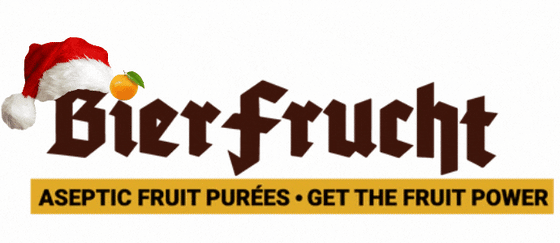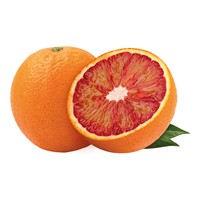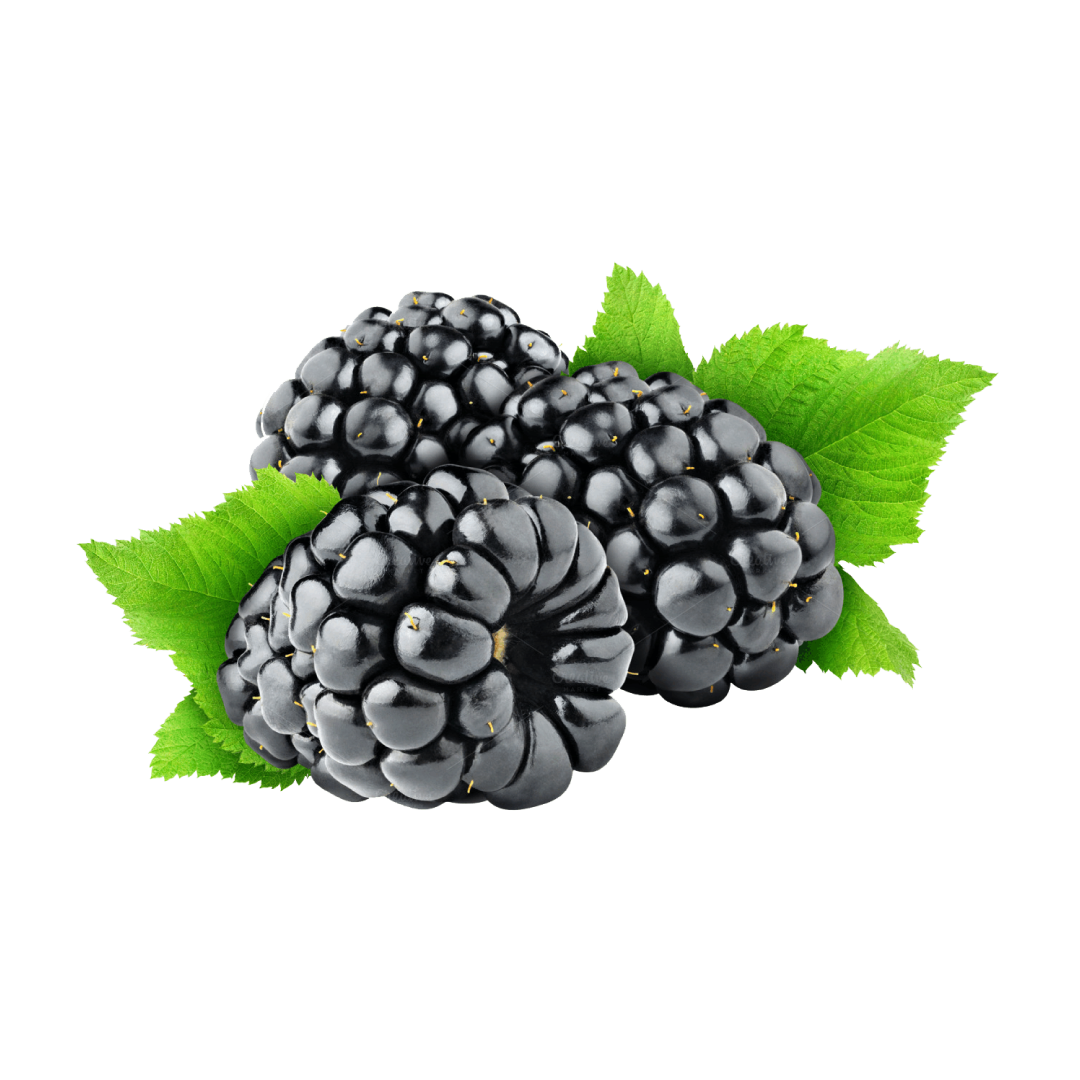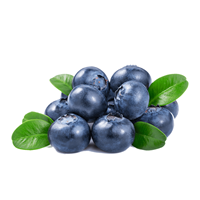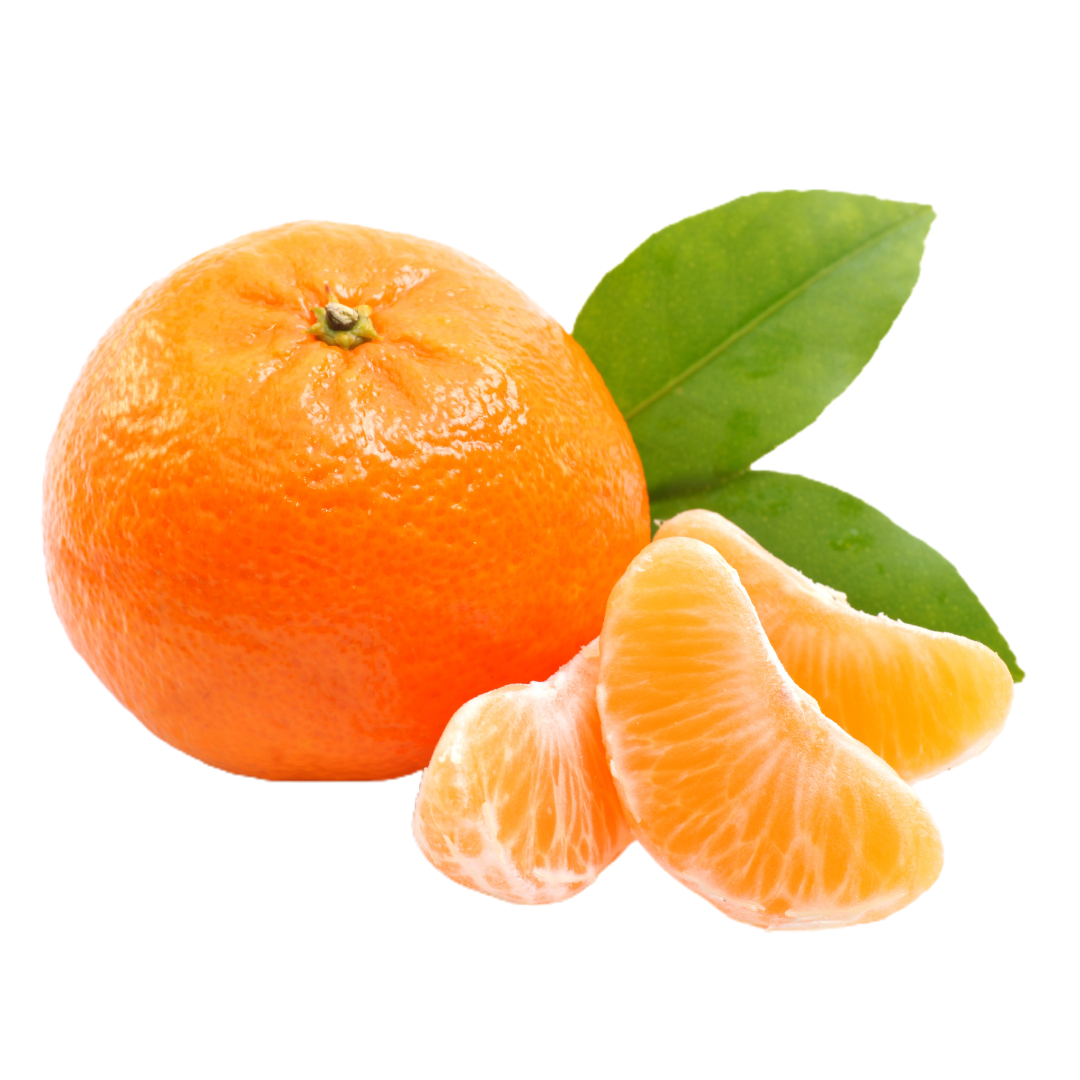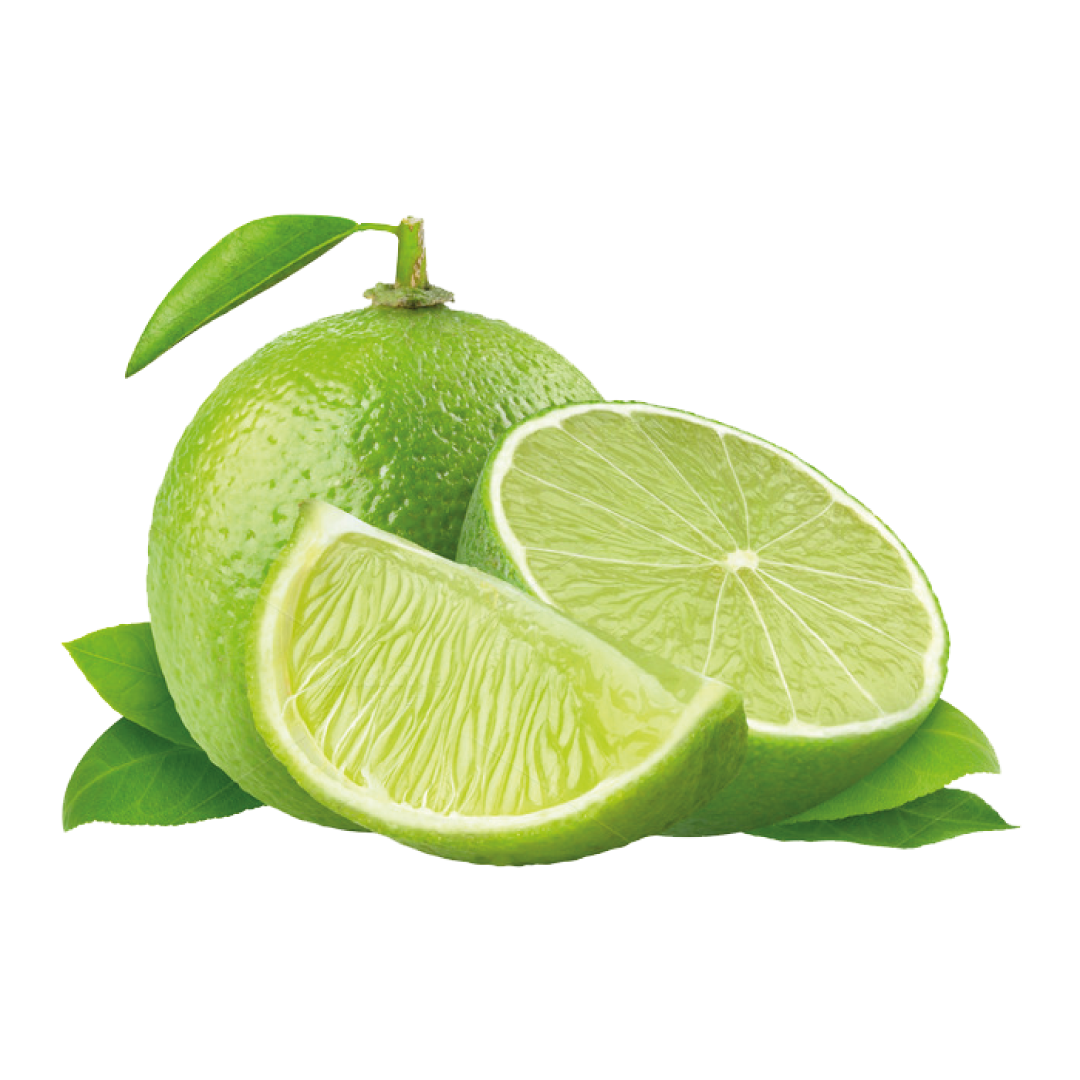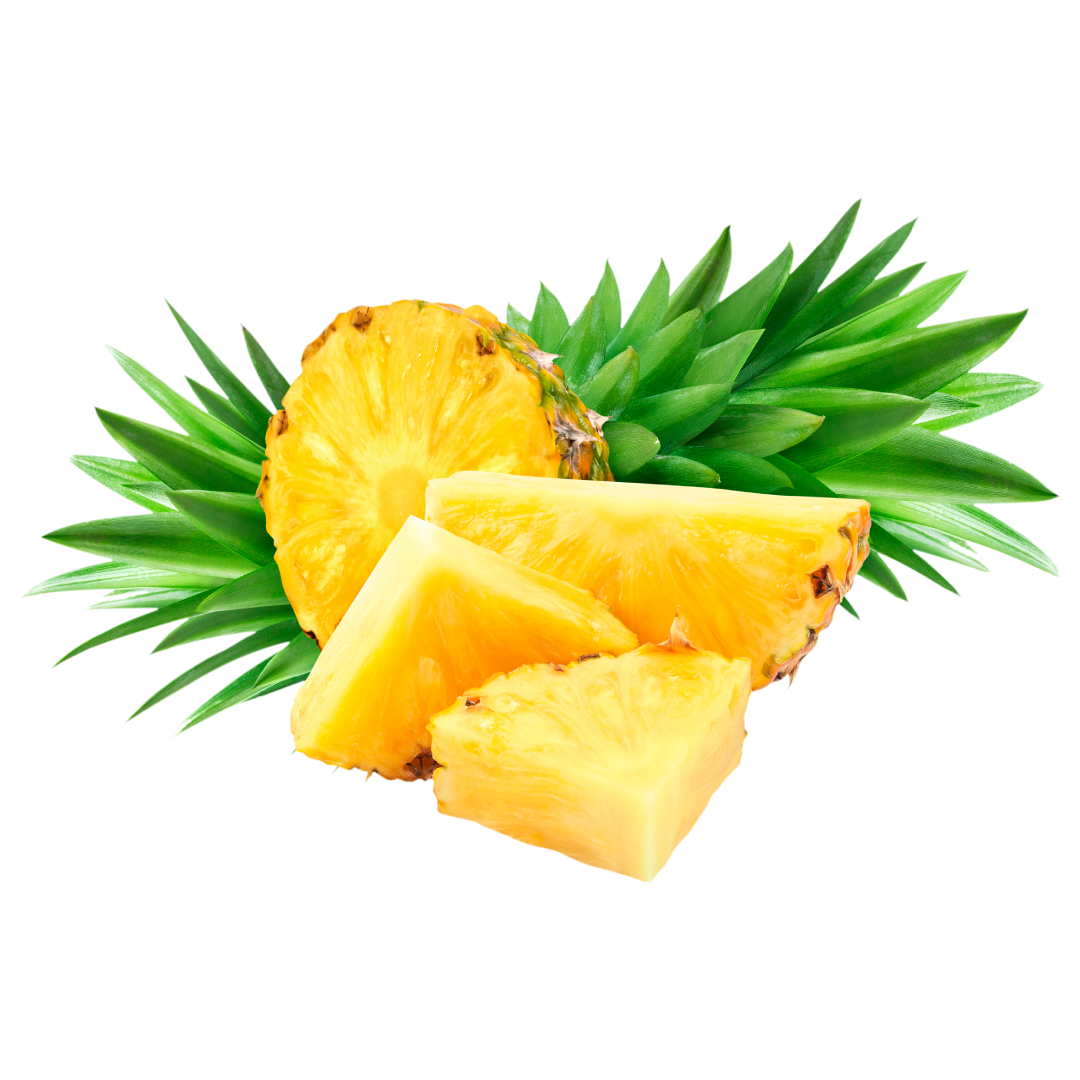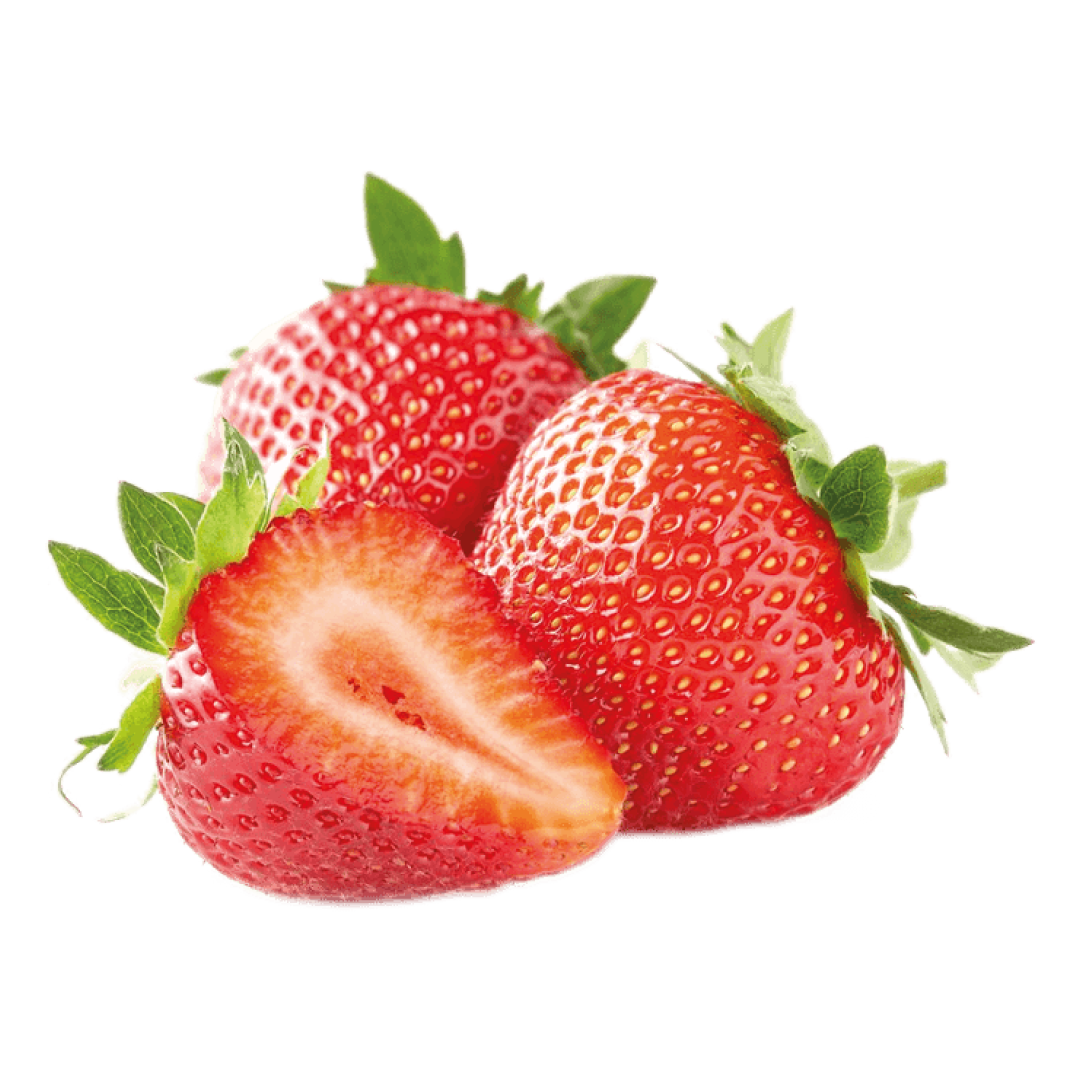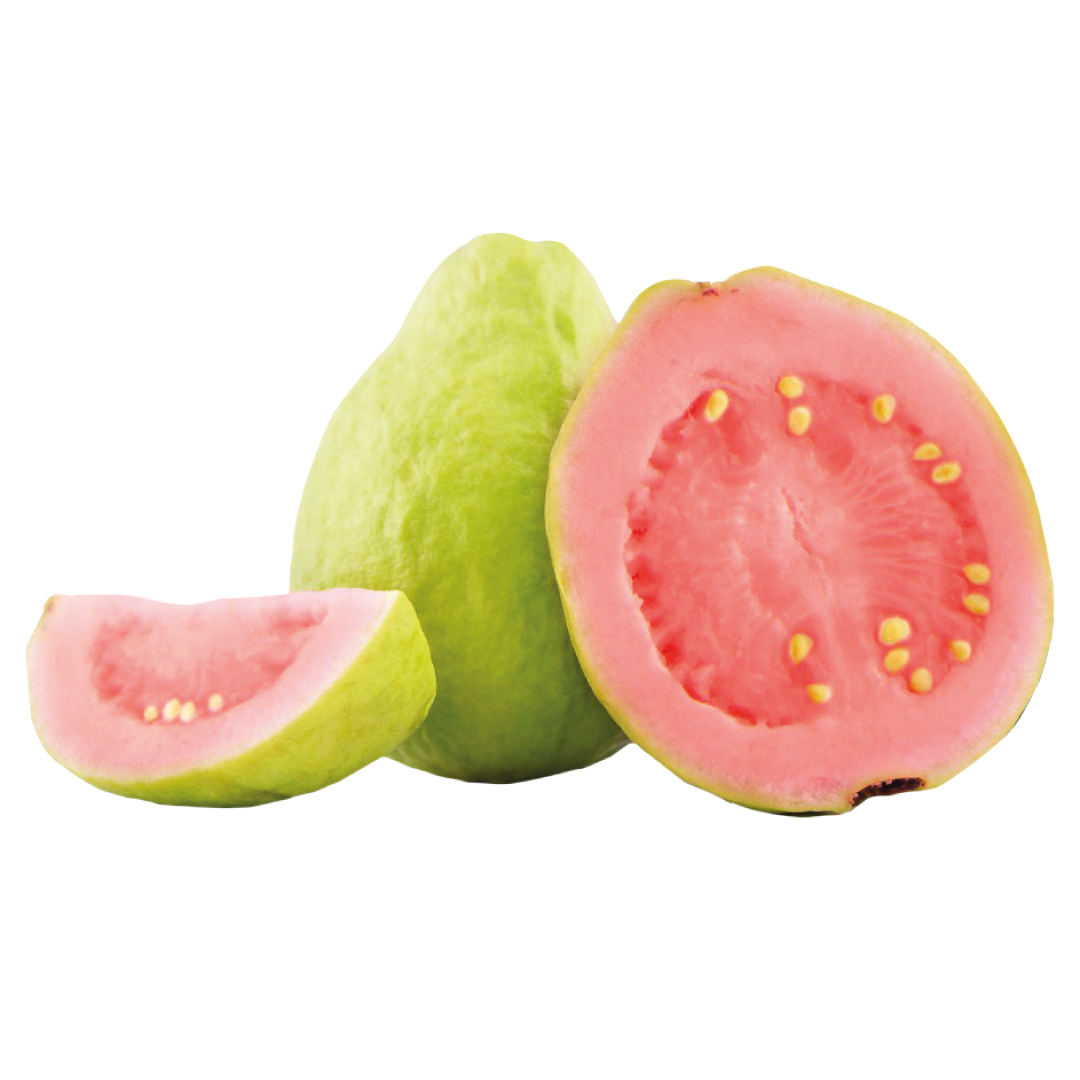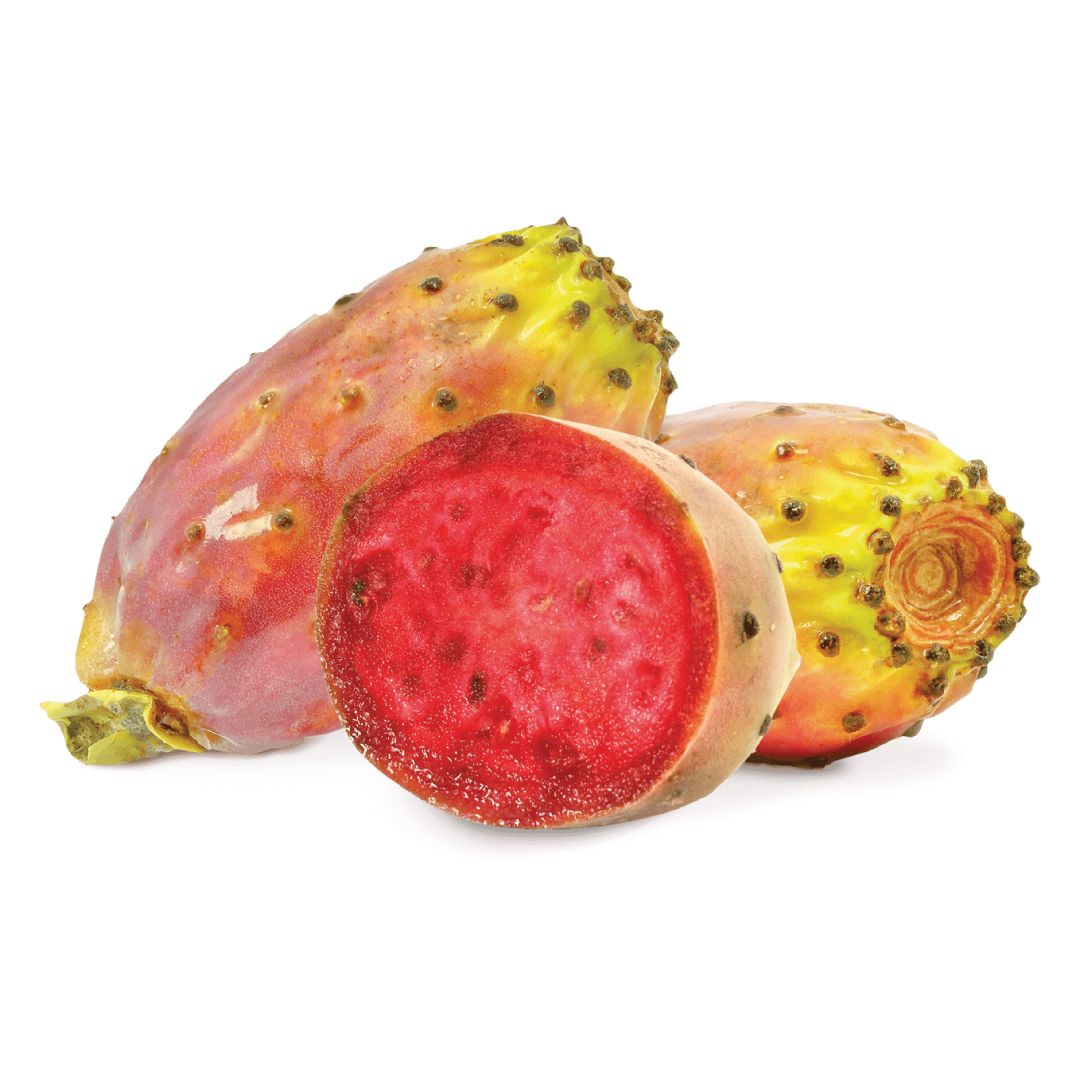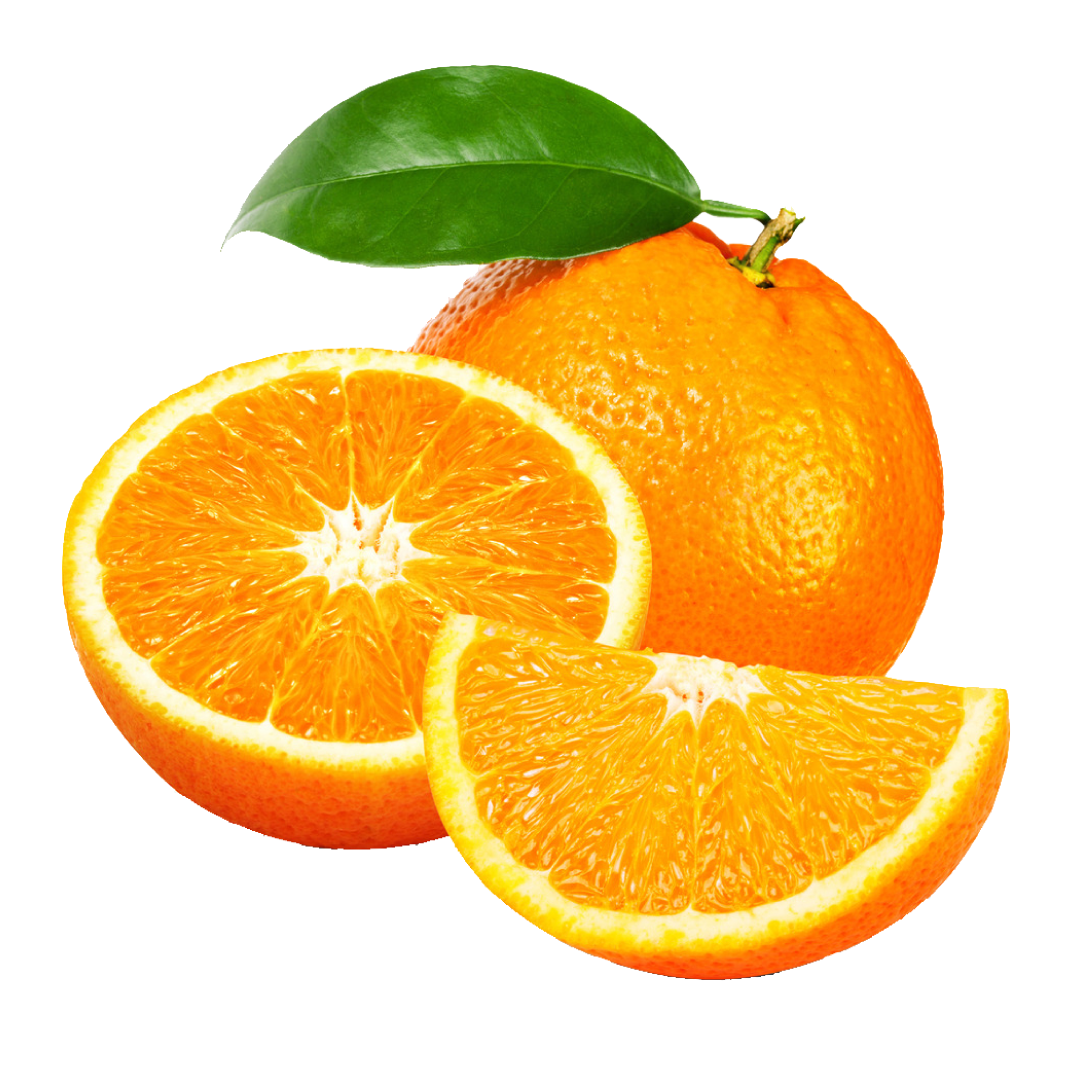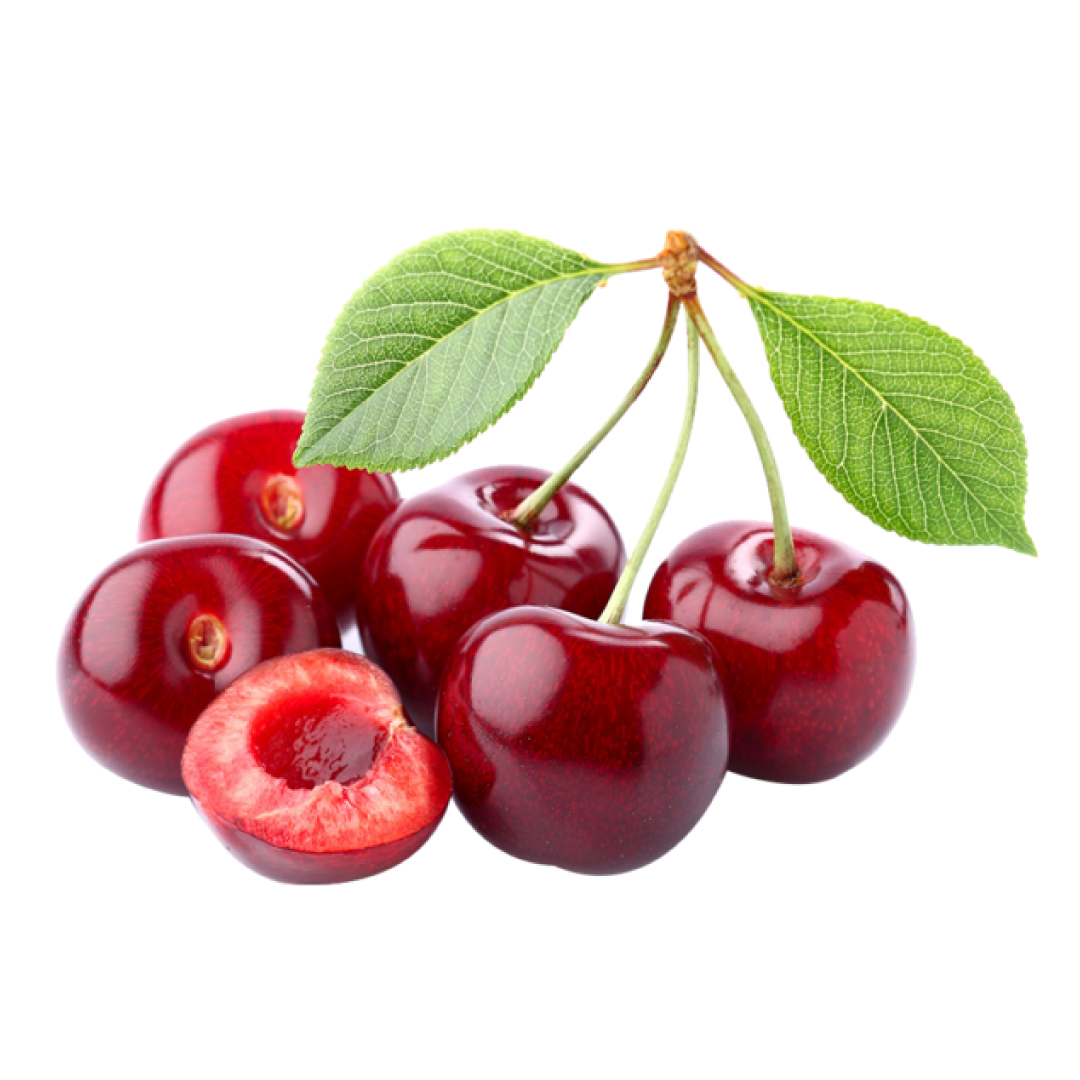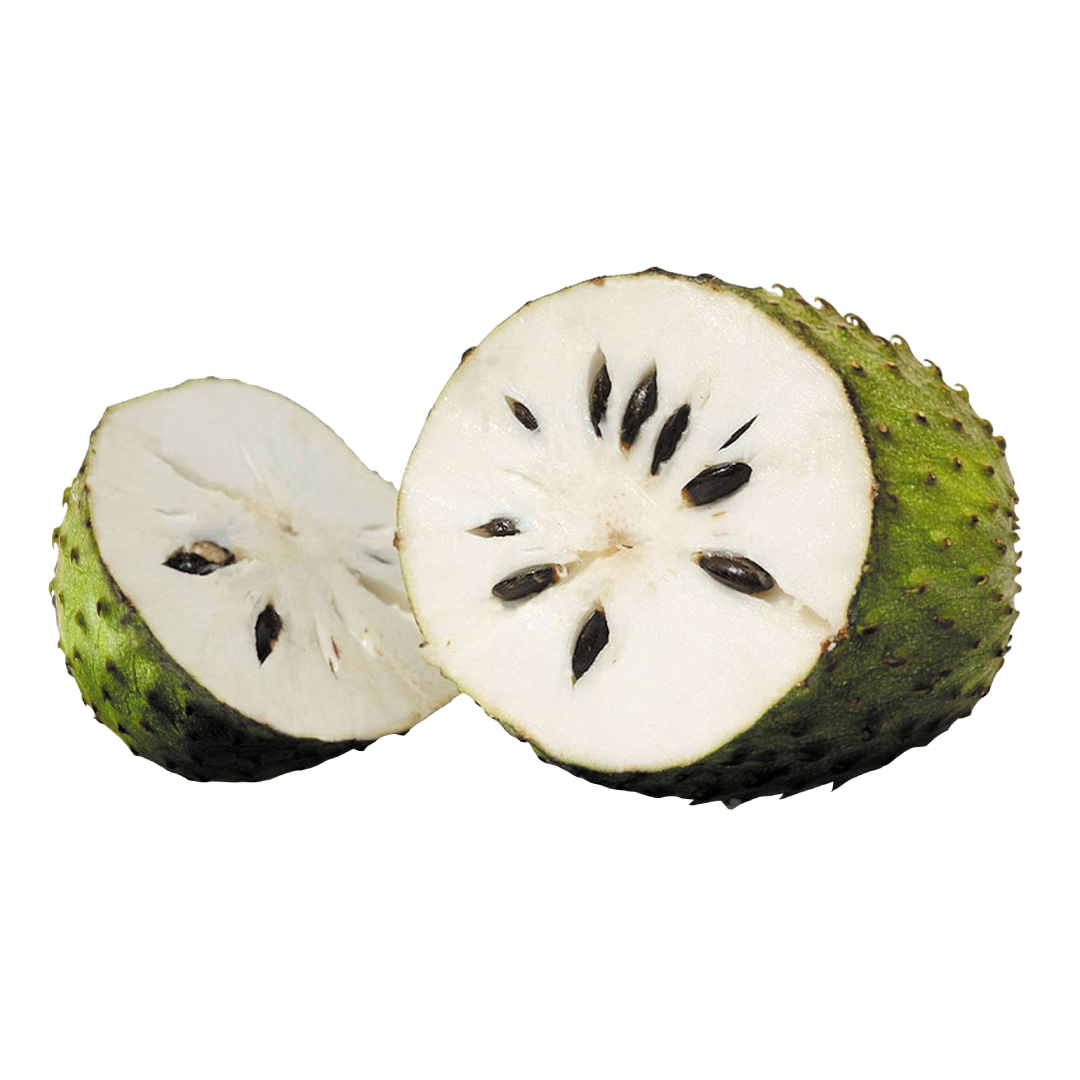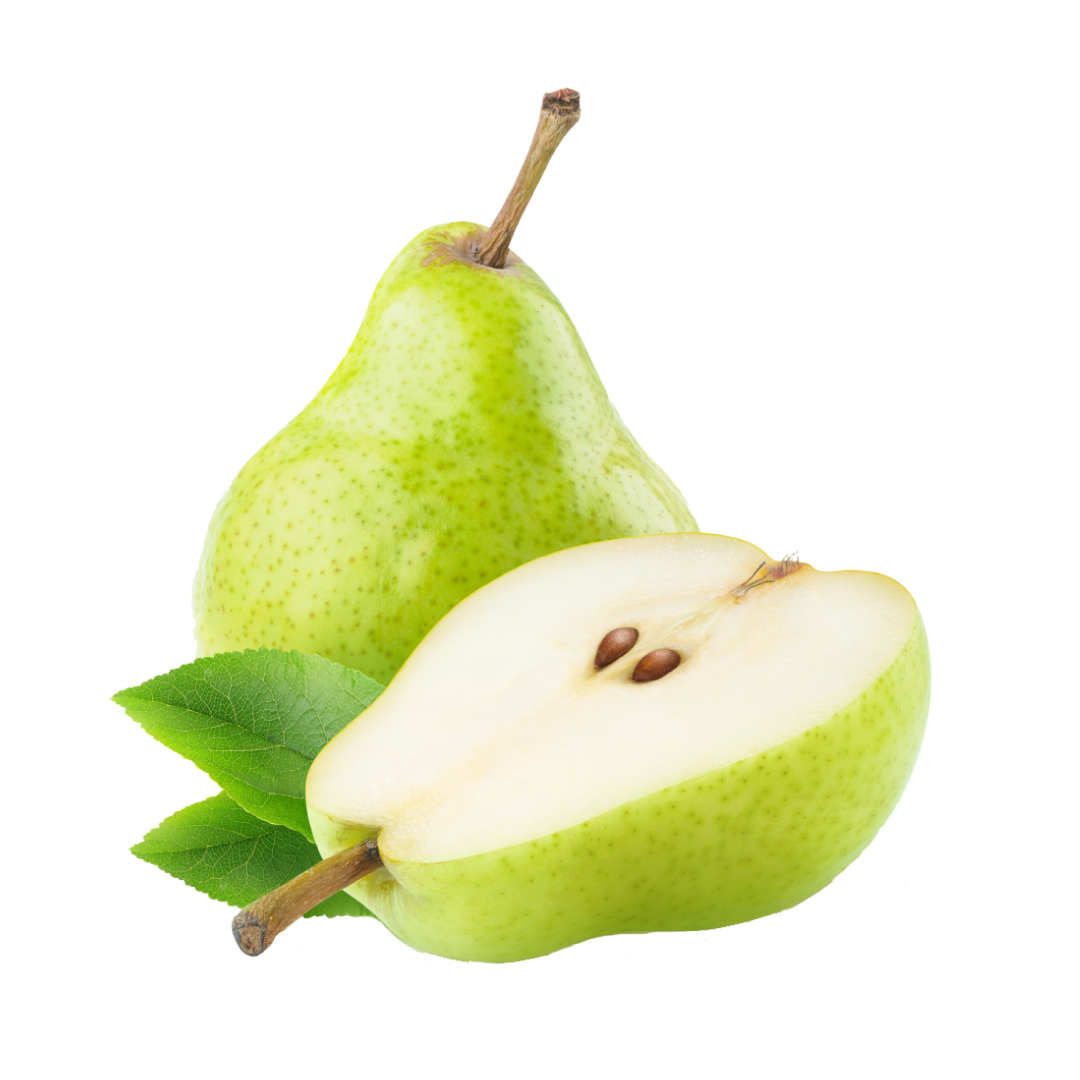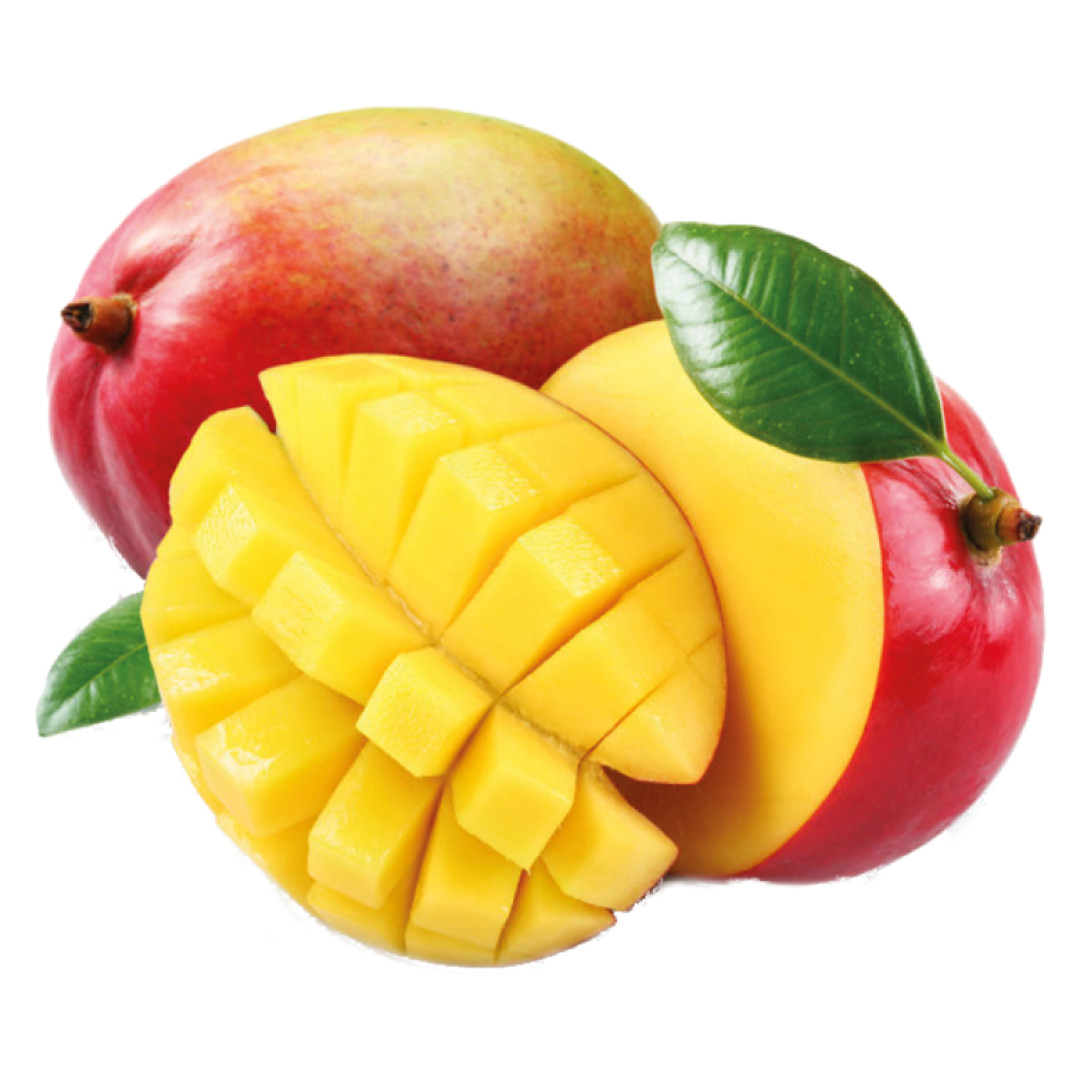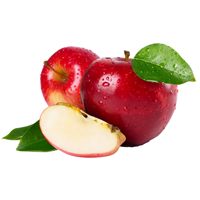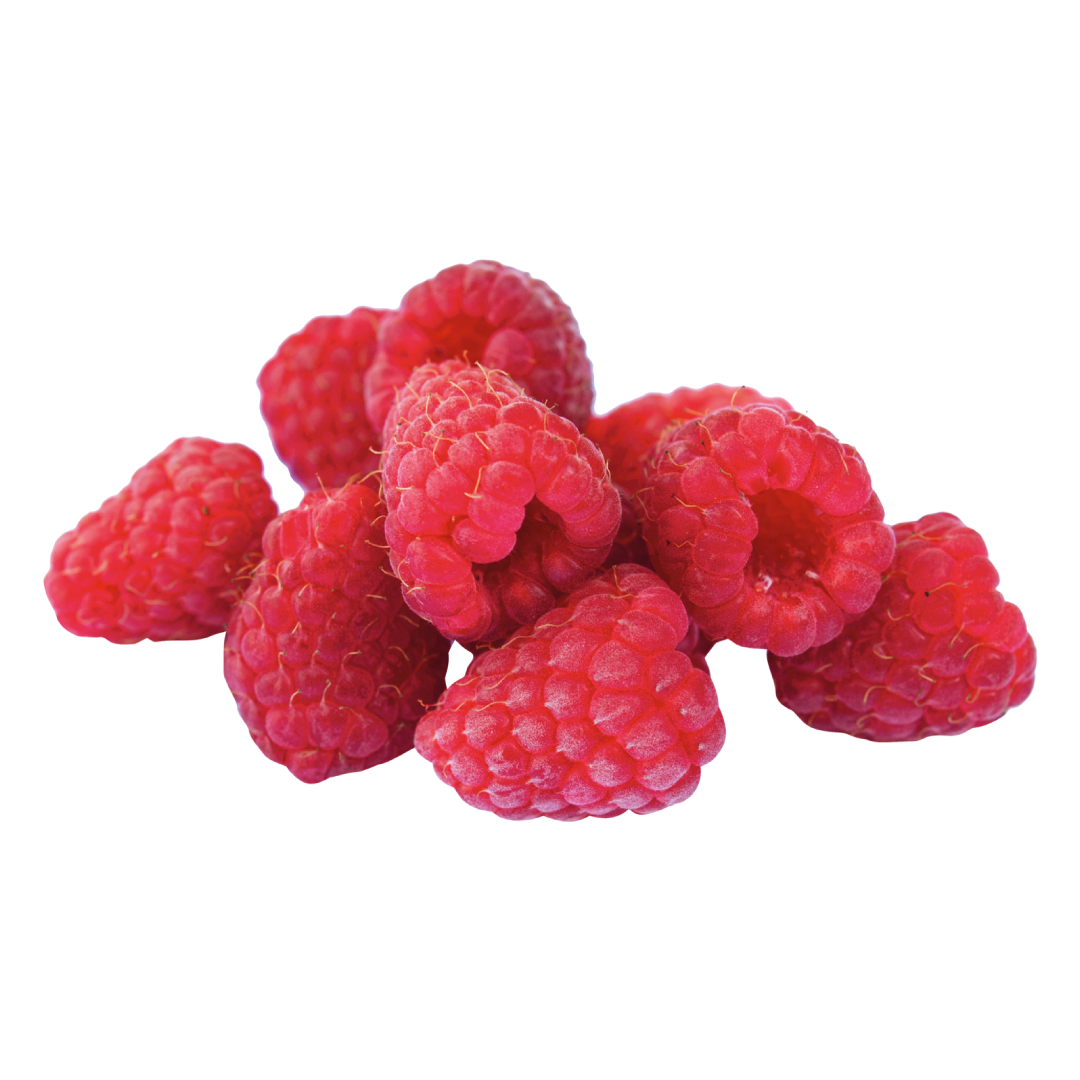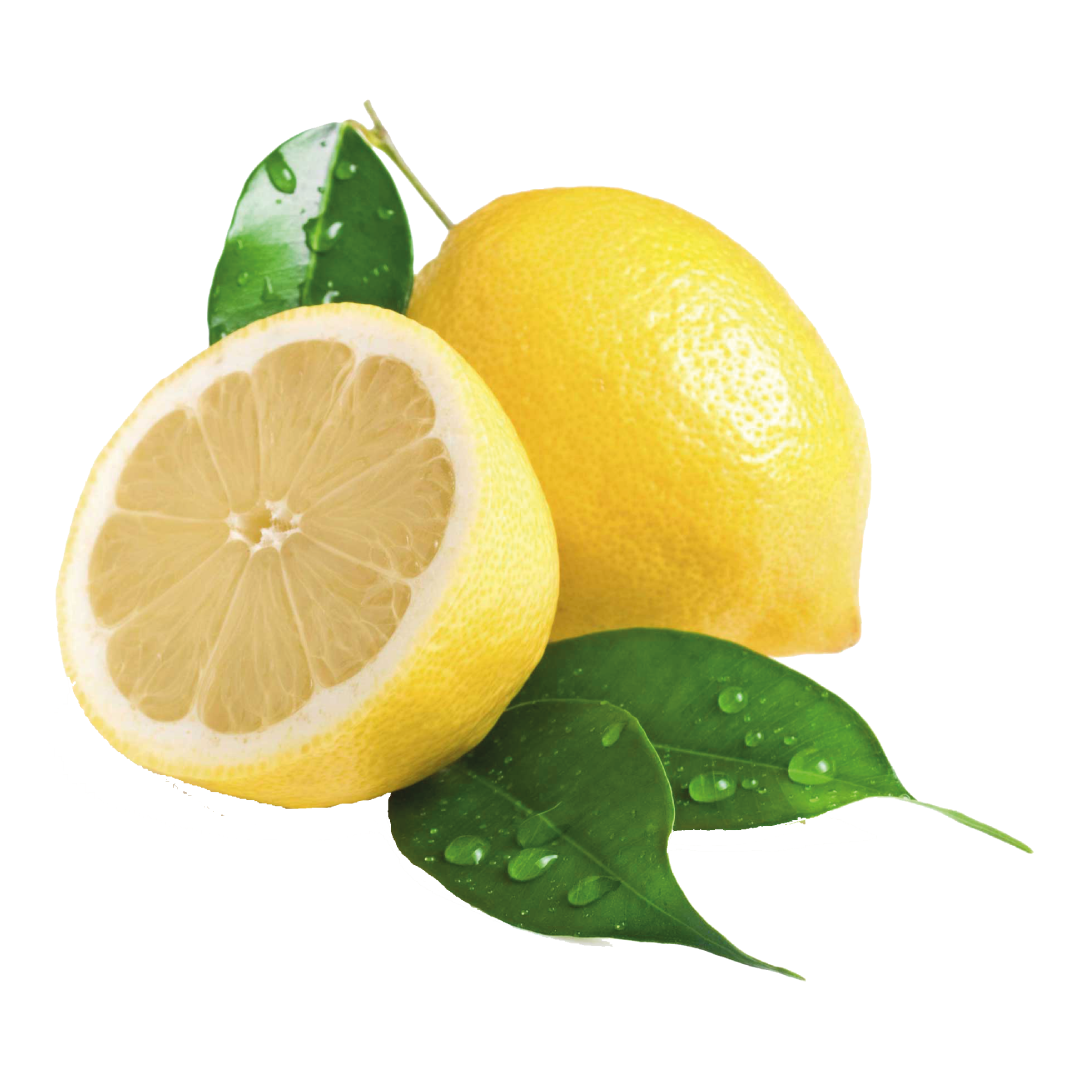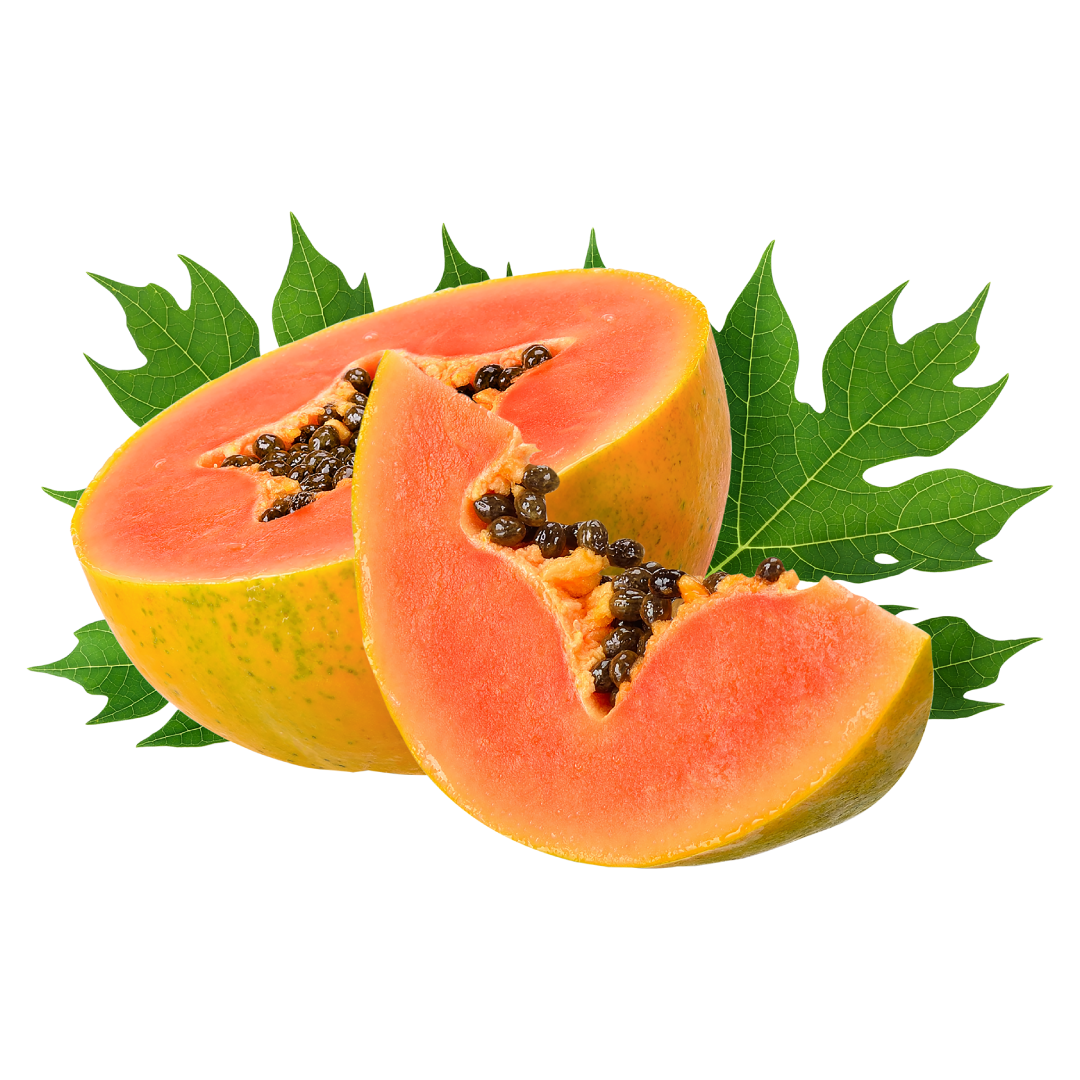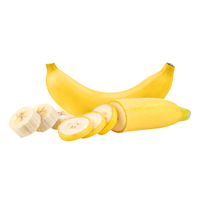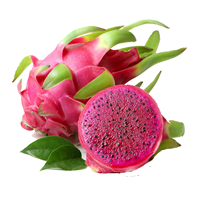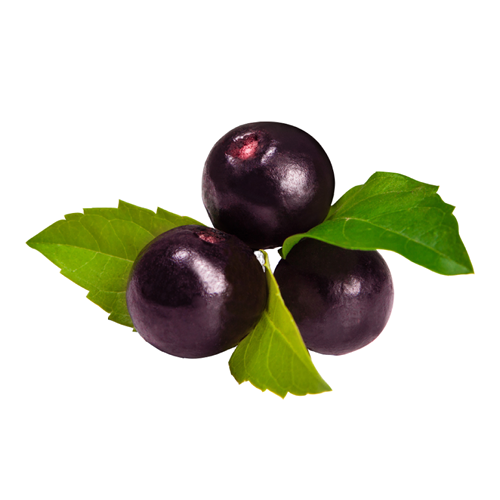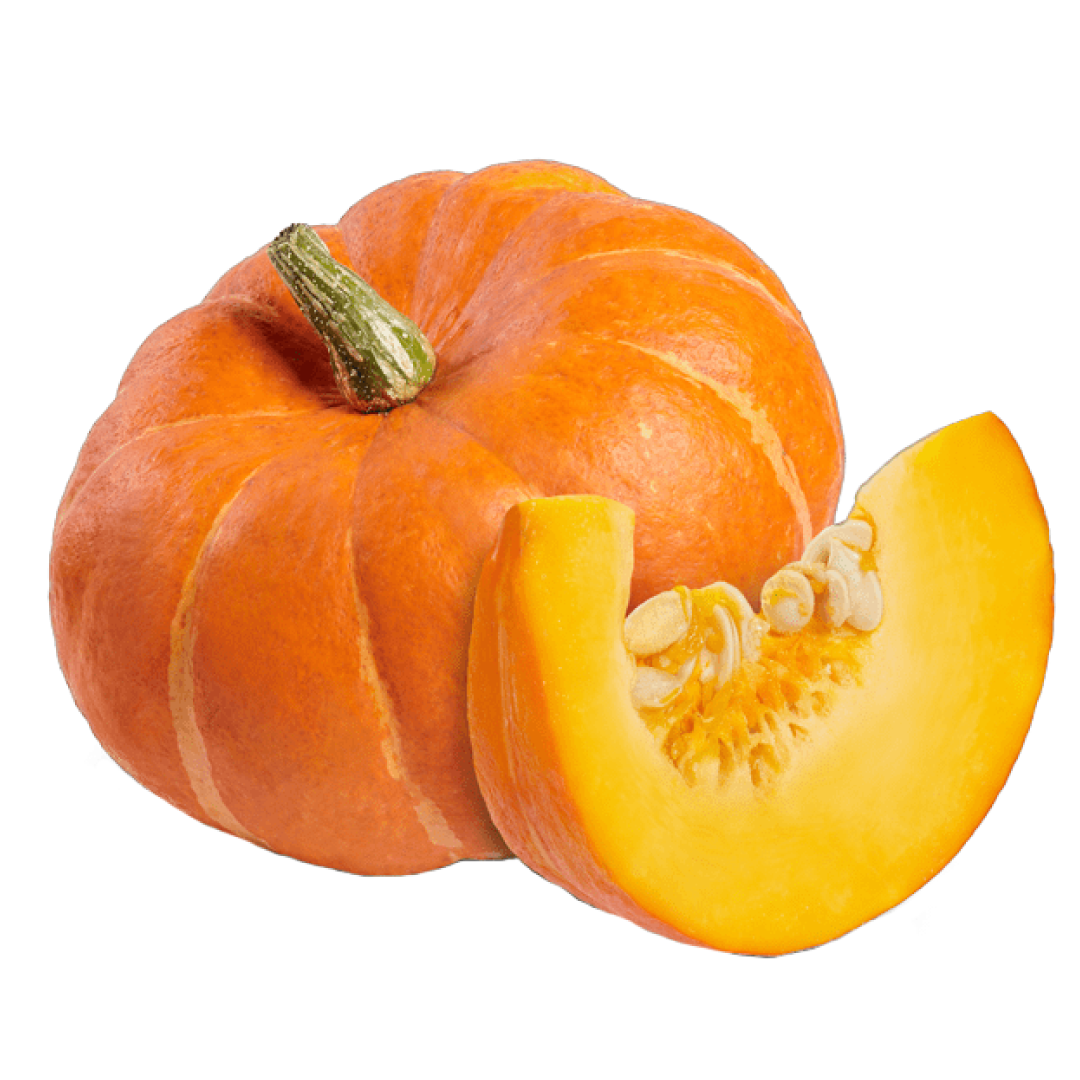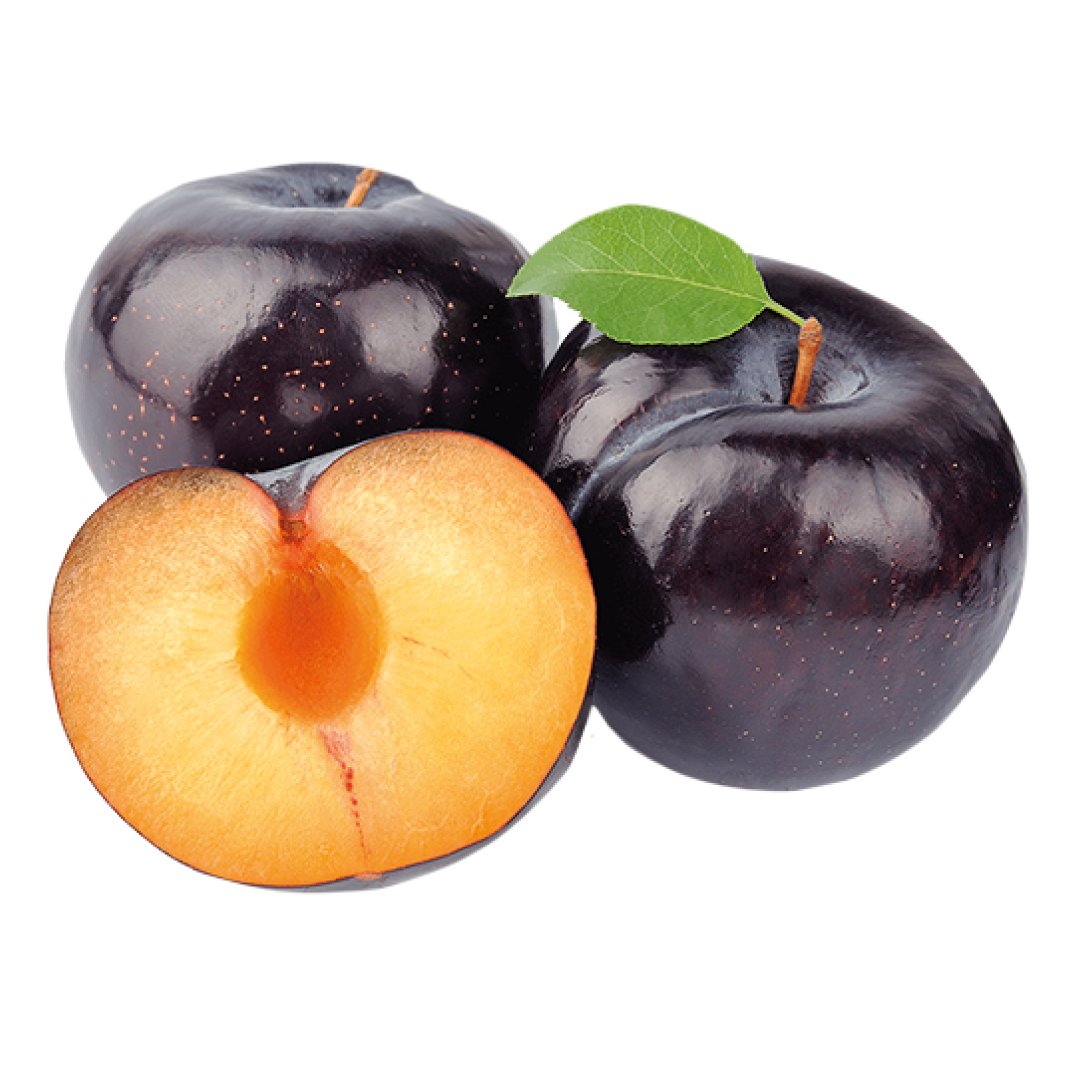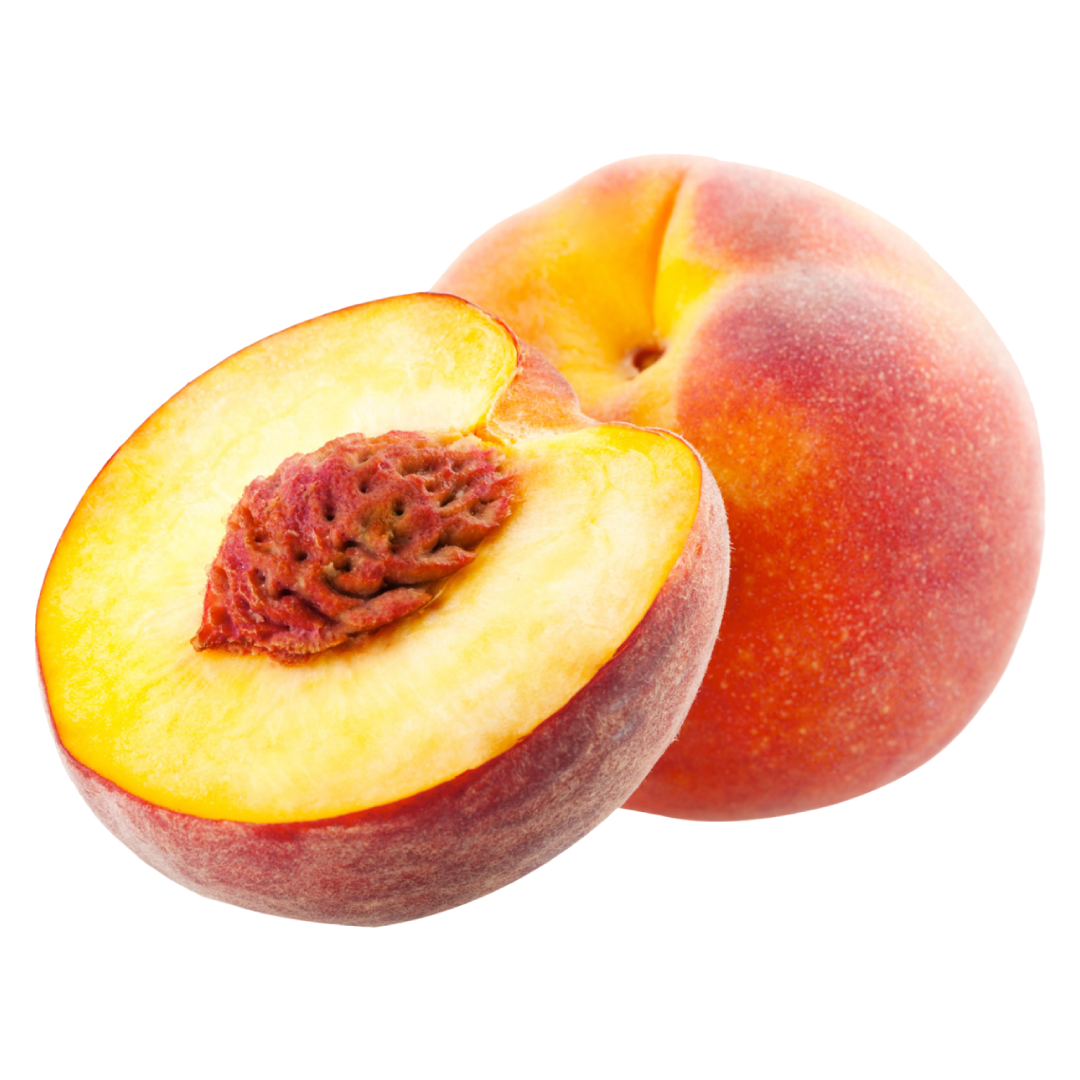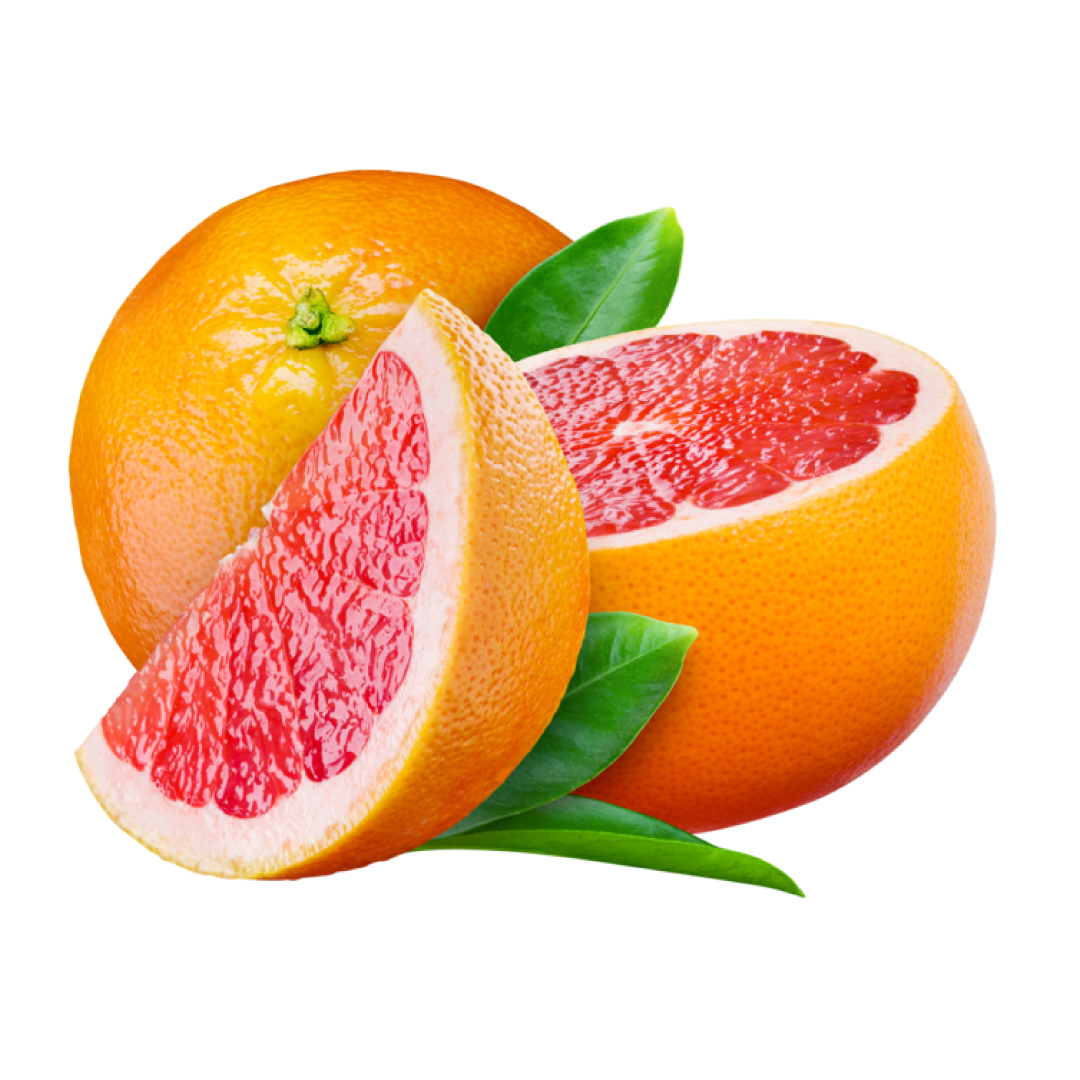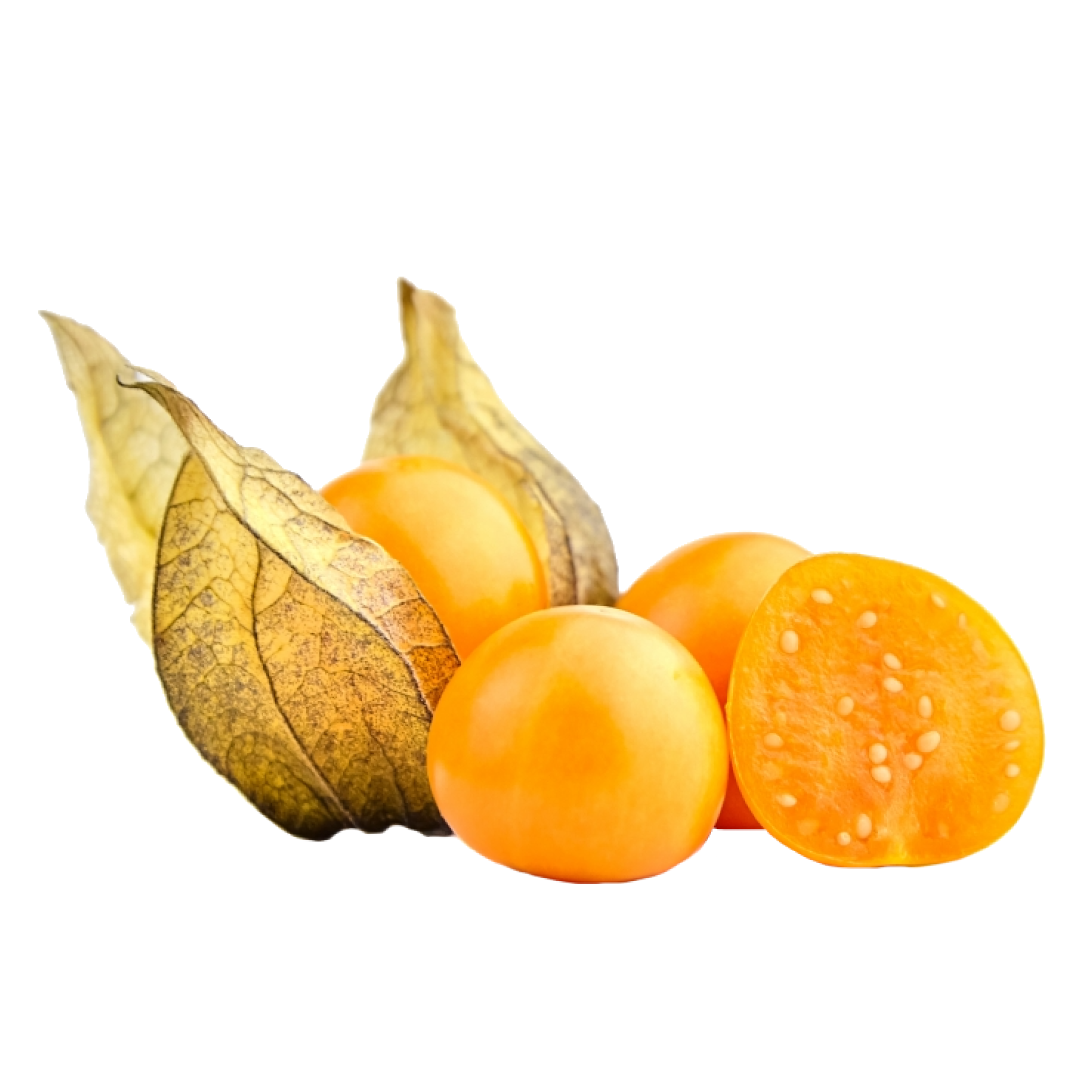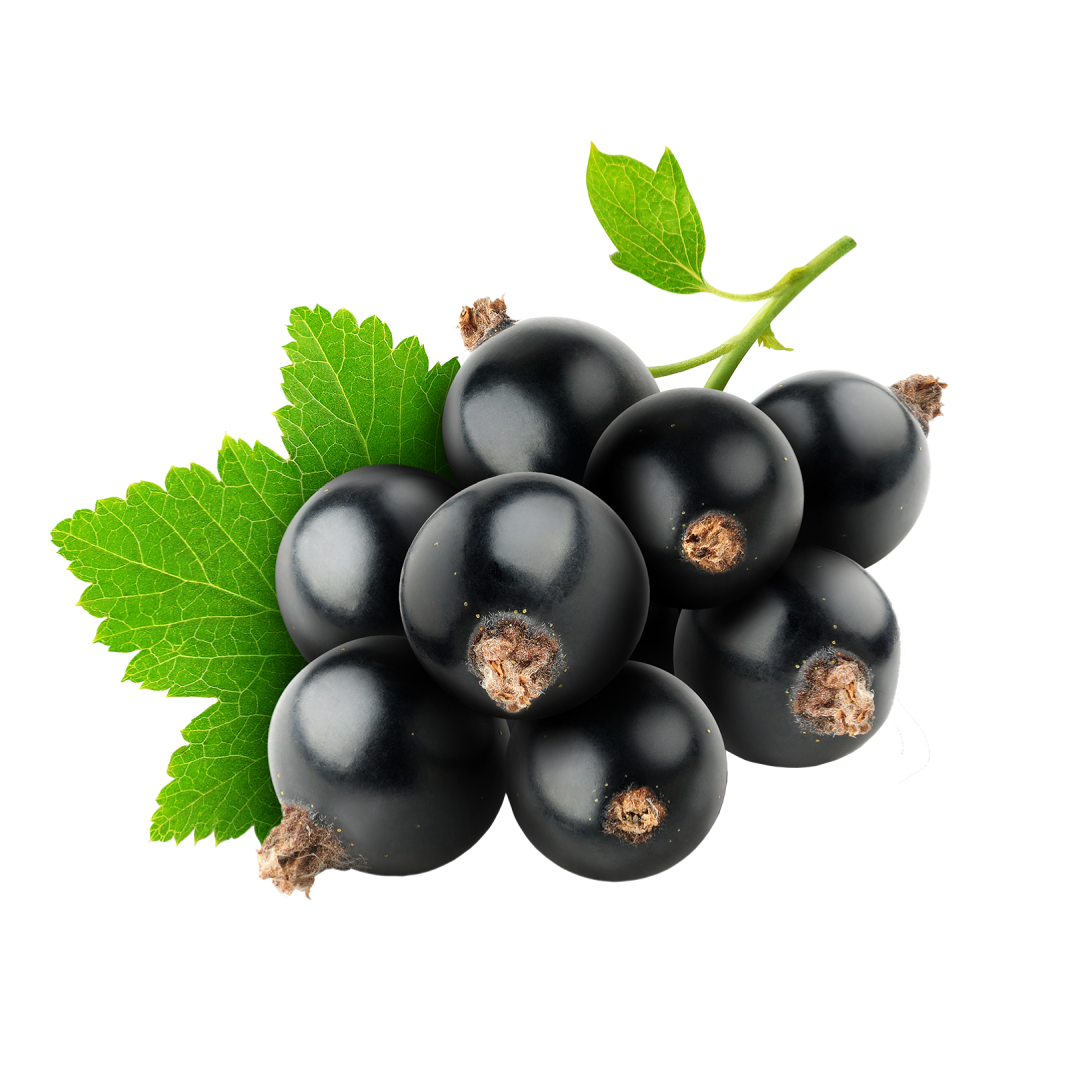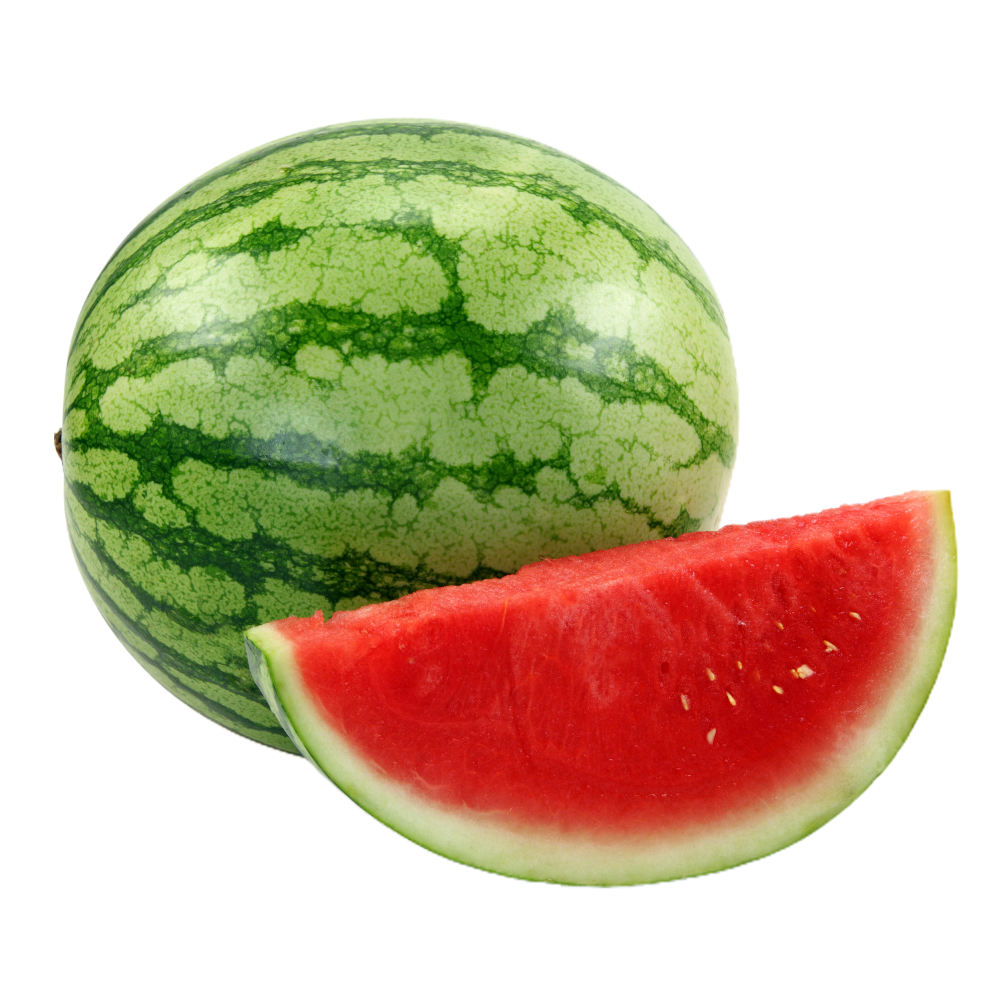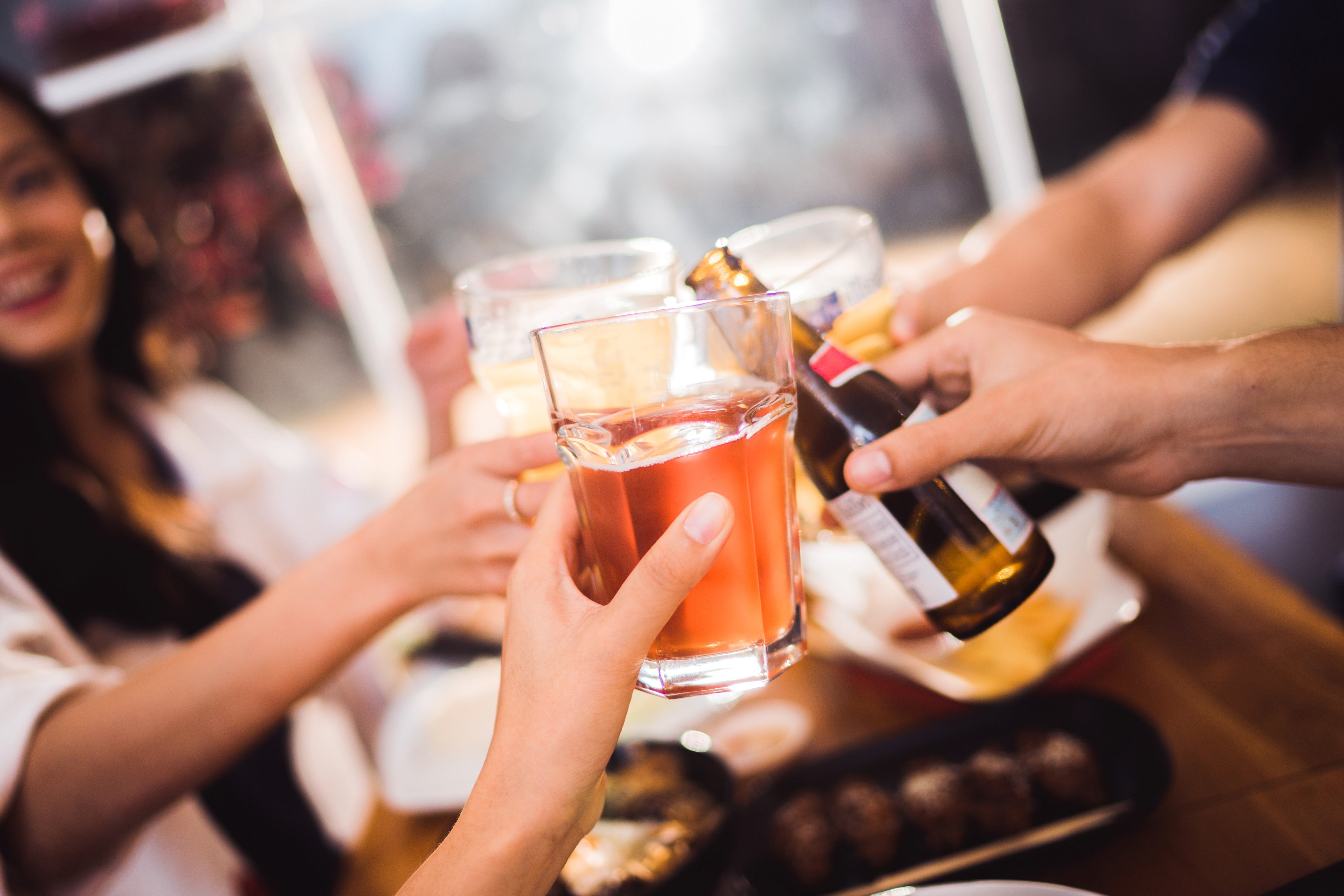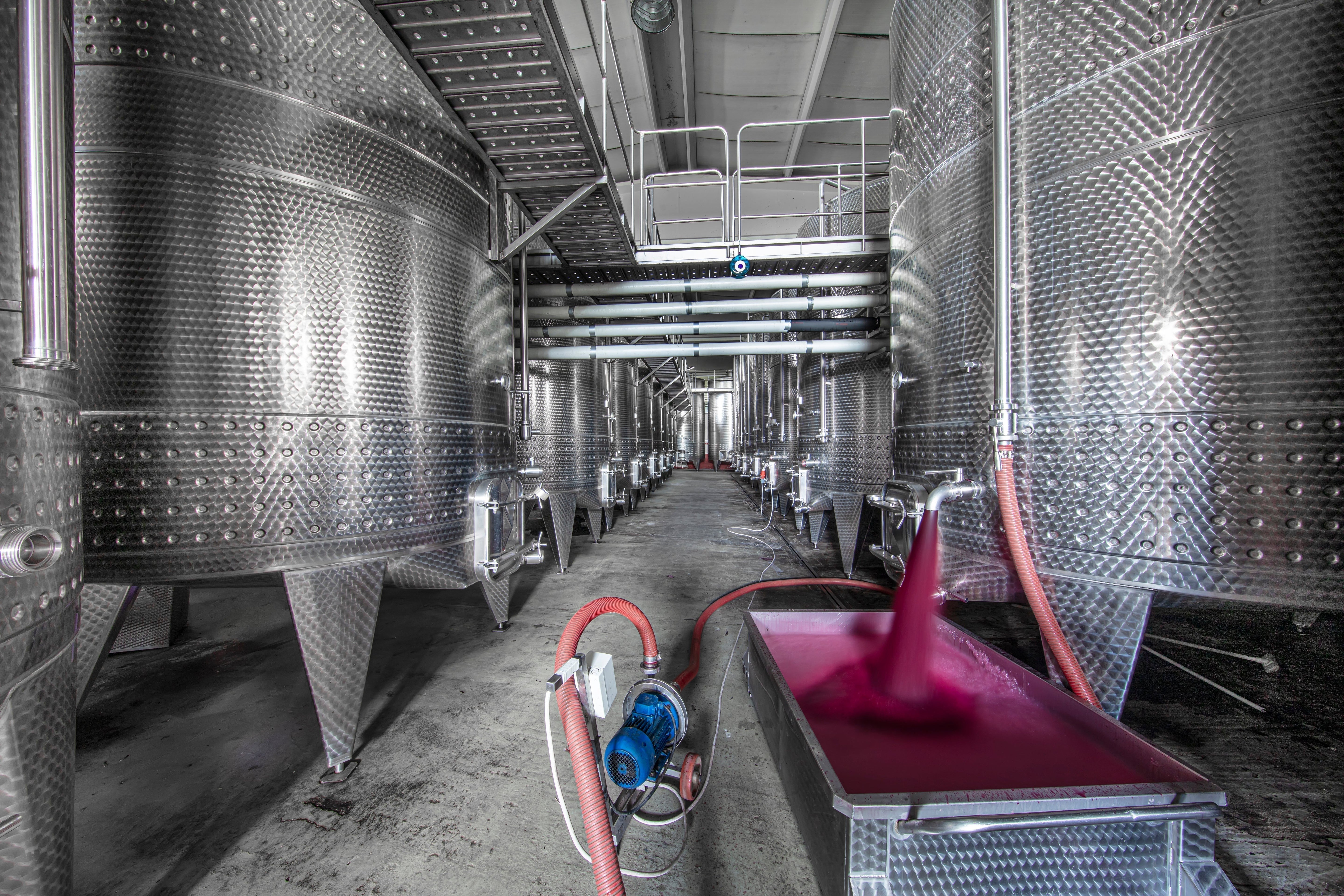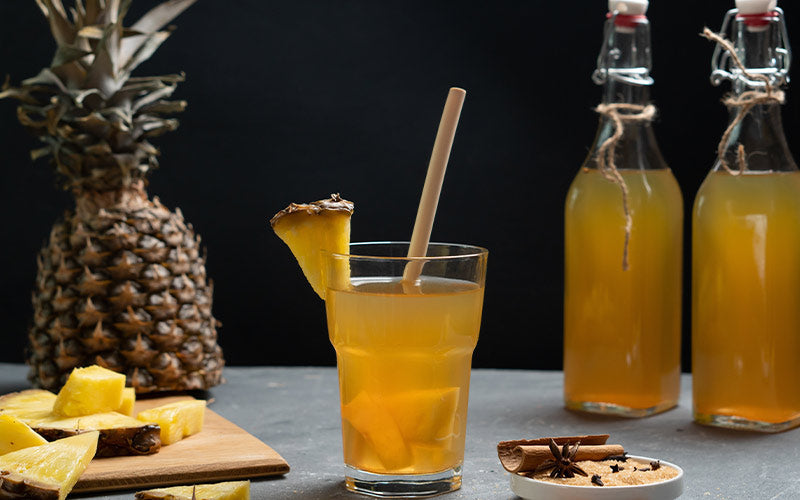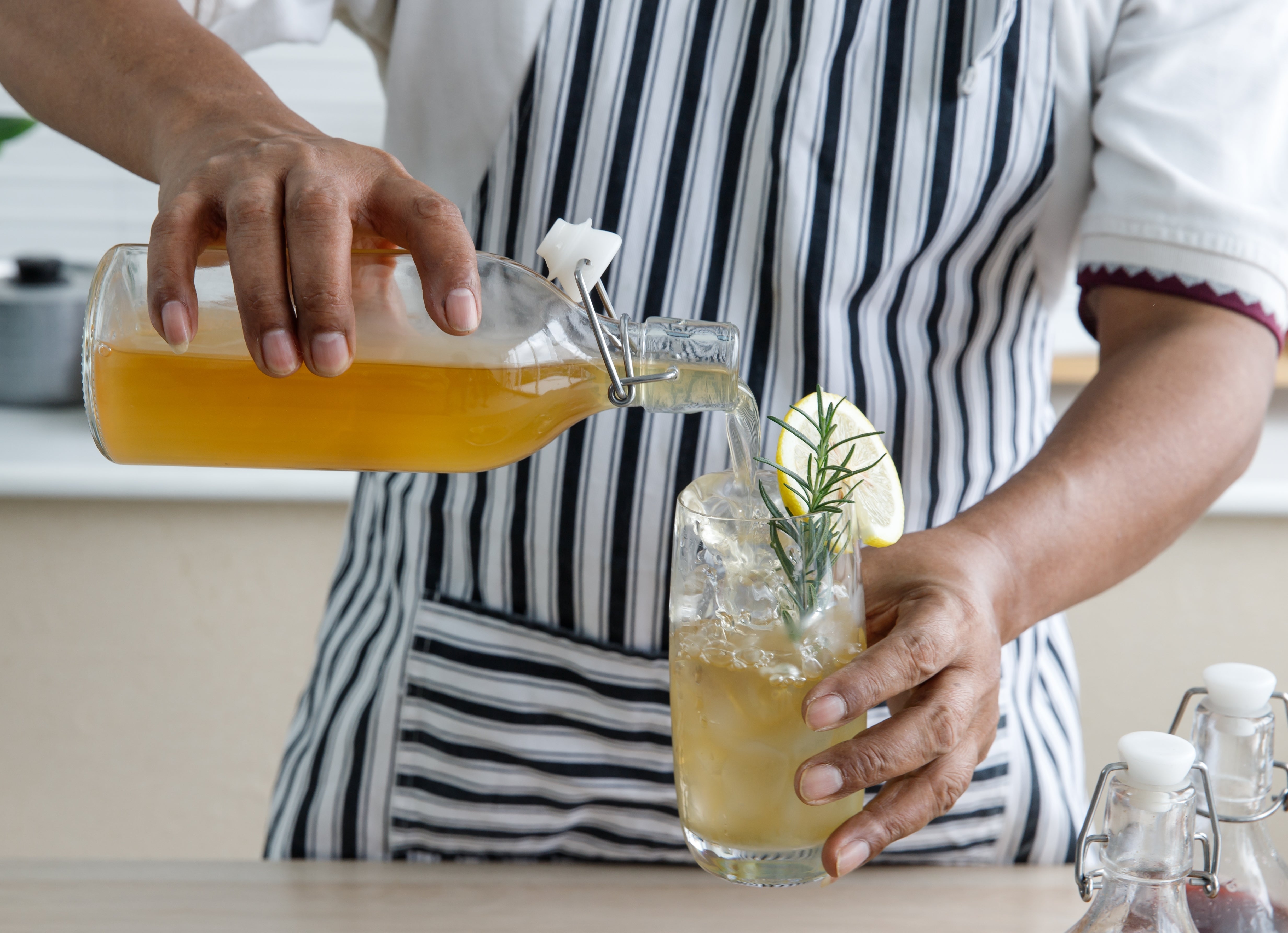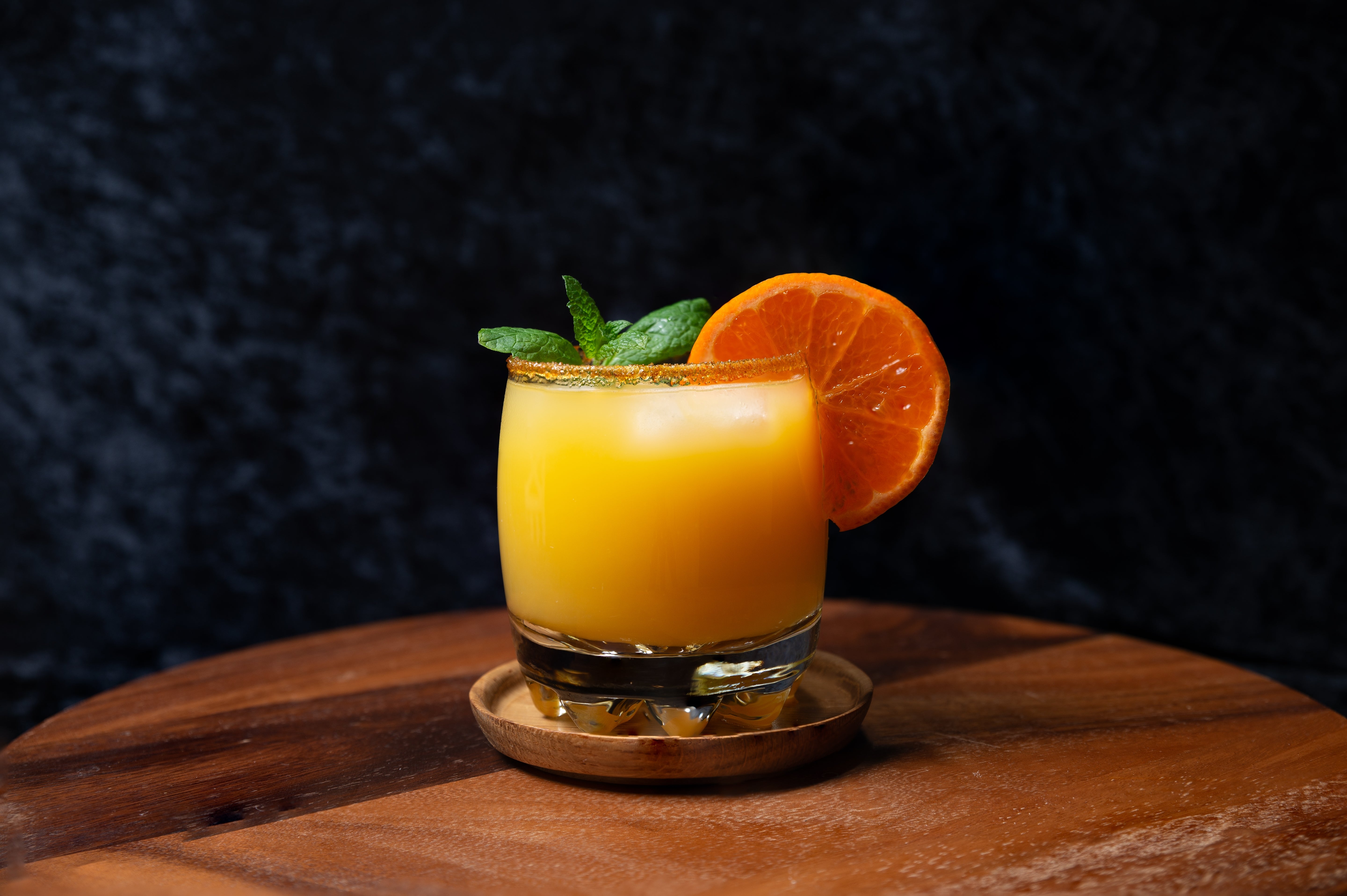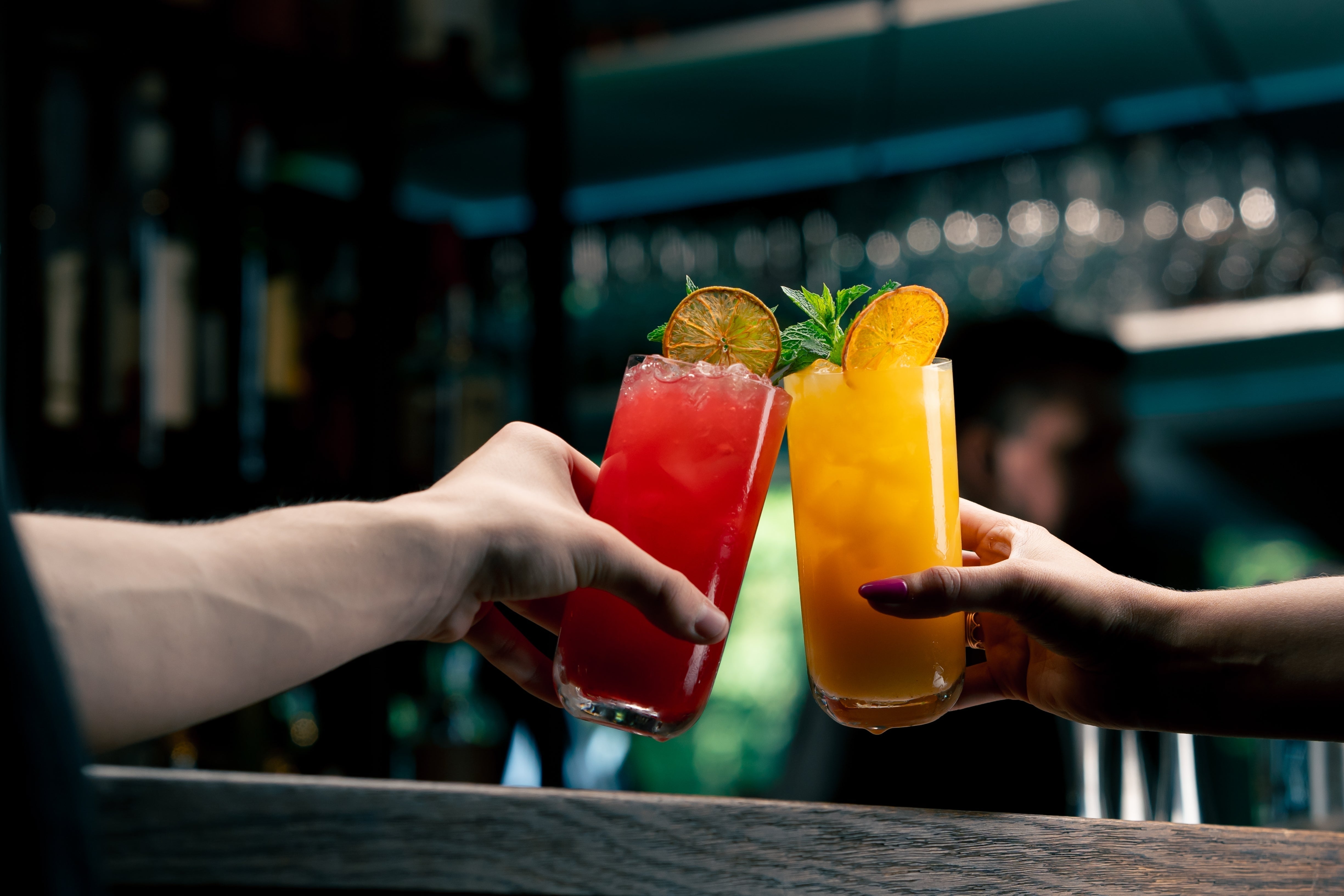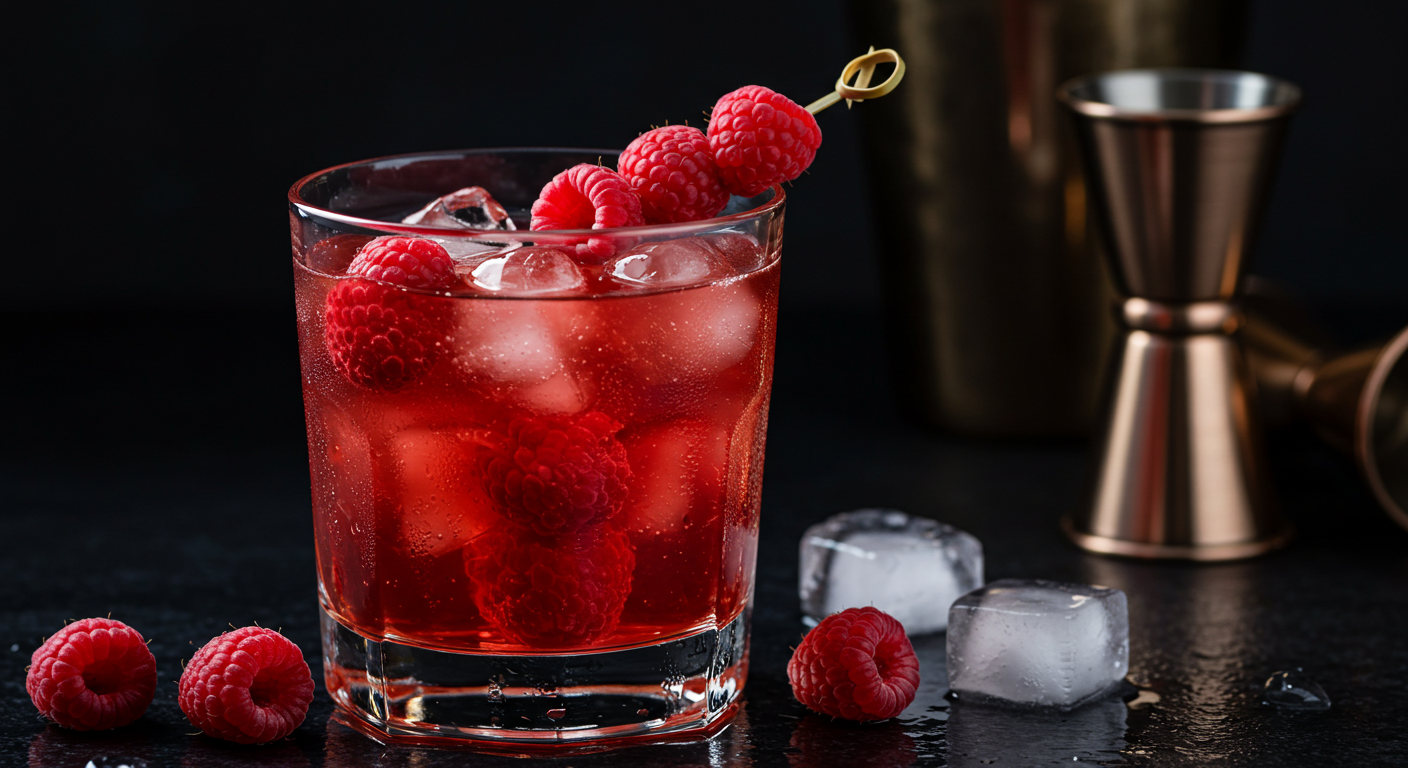In the beverage industry, the alcohol content is usually confusing for the final consumer. The bottles show the percentage, but they do not show the pure substance people are ingesting. Effectively, this ambiguity complicates making responsible decisions. The solution is a key concept: standard drinks.
Next, we will discuss the definition, how to calculate units, and why it is important for your brand. Thus, you will improve transparency and trust with your customers.
Standard Drinks: Grams of Alcohol and Volume
Health organizations developed the concept to standardize how ethanol is communicated. Mainly, this sets safe consumption guidelines for the population.
In the U.S., standard drinks equal an amount containing 14 grams of pure alcohol. This is the fundamental measurement for all calculations (Drink Less for Your Breasts, n.d.):
- Beer (5 % ABV): 12 fluid ounces, wine (12 % ABV): 5 fluid ounces and distilled spirits (40 % ABV): 1.5 fluid ounces.
Additionally, consider that many craft beverages have a higher concentration of ethanol. As a result, they require a more precise calculation.
Calculation and Formulation of Standard Drinks
For manufacturers of craft beer, spirits, or alcoholic drinks with fruits, knowing the formula is indispensable. This calculation, in fact, is based on the total volume and alcohol concentration (Drink Less for Your Breasts, n.d.). The formula is volume (oz) x ABV (%) / 0.6 oz (U.S. factor).
Here are some examples:
- A beer with 8 % ethanol in 12 ounces equals 1.6 units.
- A liquor with 45 % ABV in a 1.5-ounce serving equals 1.125 units.
Aseptic Ingredients and ABV Control
For producers using fruit purées, the raw material affects the ABV because the fruit adds fermentable sugars. This changes the final gravity and, in turn, the ethanol content. Therefore, standardization is essential for accurate calculation. It works this way (Craft Brewing Business, 2021):
- First, add the purée two or three points before the expected terminal gravity.
- Then, using quality aseptic purée ensures a predictable sugar content.
- The purée increases secondary fermentation. As a result, this increases the ethanol percentage.
So, employing aseptic purées reduces the risk of contamination and unwanted flavors. For this reason, you must know the tips on fruit ripening in purées.
Tips and Tools for Standard Drinks
Promoting knowledge of responsible consumption translates into strengthening your brand image. Remember that consumers look for clear and accessible information. Follow these tips for this purpose:
- First, use online applications and calculators that simplify the conversion from ABV to standard drinks. Reference these solutions on your website.
- Then, explain to your customers that, in bars, amounts are often more generous than the standard.
- And point out that a bottle of high-ABV beer can be 1.5.
Your Logistics Partner for a Stable Supply Chain
In brief, the consistency of your standard drinks is not only a matter of calculation but also of rigorous quality control from the raw material. Traceability is vital to ensure that each batch meets the expected ethanol concentration. It must also reflect accuracy in labeling.
At Bierfrucht, we understand this responsibility. That’s why we position ourselves as your strategic partner in the supply chain by providing aseptic fruit purées that allow for precise fermentation control.
Do not leave precision to chance. Ensure the quality and transparency of your labels. So, discover more about our products, beverages, and responsible consumption at Bierfrucht. Enjoy with balance and health!
References
Craft Brewing Business. (2021). Napa Smith Brewery gives expert advice on using puree and juice in the brewing process. https://www.craftbrewingbusiness.com/ingredients/napa-smith-brewery-gives-expert-advice-on-using-puree-and-juice-in-the-brewing-process/
Drink Less for Your Breasts. (n.d.). ¿Qué es una bebida estándar? https://drinklessforyourbreasts.org/que-es-una-bebida-estandar/
Estandar Drink. (n.d.). Standard Drink Calculator. https://standarddrinks.org/calculator/
Mayo Clinic. (n.d.). Consumo de alcohol: sopesar los riesgos y beneficios. https://www.mayoclinic.org/es/healthy-lifestyle/nutrition-and-healthy-eating/in-depth/alcohol/art-20044551
National Institute on Alcohol Abuse and Alcoholism (NIAAA). (n.d.). Mixed drink and cocktail content calculator. https://rethinkingdrinking.niaaa.nih.gov/tools/calculators/mixed-drink-and-cocktail-content-calculator/
Standard Drinks. (n.d.). What is a Standard Drink? https://standarddrinks.org
University of Maryland Extension. (n.d.). Ethylene and Regulation of Fruit Ripening. https://extension.umd.edu/resource/ethylene-and-regulation-fruit-ripening/
